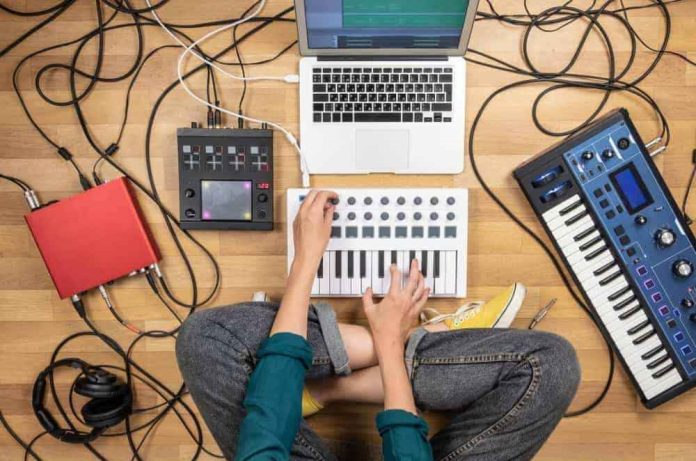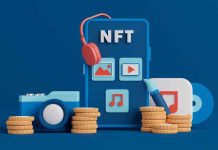
The rise of DIY music production has transformed the music industry, enabling artists to create, produce, and distribute their music independently. With technological advancements, aspiring musicians can now turn their bedrooms into fully functional studios, producing chart-topping hits without ever stepping foot in a traditional recording studio. This article explores the technological innovations driving this trend, highlights success stories of DIY artists, and considers the future implications for the music industry.
Technological Advancements
The democratization of music production began with the development of affordable, accessible technology. In the past, producing music required expensive equipment and access to a professional studio. Today, all you need is a laptop, a digital audio workstation (DAW) like Ableton Live or GarageBand, and some basic home studio equipment. This setup allows musicians to record, mix, and master their tracks with professional-quality sound, all from the comfort of their homes.
Additionally, the proliferation of online platforms such as SoundCloud and Bandcamp has made it easier for DIY artists to distribute their music globally. These platforms offer a direct line to listeners, enabling artists to bypass traditional gatekeepers like record labels and radio stations. The rise of Splice, which offers royalty-free samples and loops, has further democratized the music creation process, giving producers access to high-quality sounds without the need for expensive studio time. As Mike Caren, CEO of Artist Partner Group, noted, “The tools are there for anyone with the drive to create, making the barriers to entry lower than ever before.”
Success Stories
Several artists have successfully leveraged DIY music production to achieve mainstream success. Billie Eilish is perhaps the most notable example, having recorded her breakthrough single “Ocean Eyes” in a small bedroom studio with her brother, Finneas. “Recording at home allowed us to experiment freely,” Billie shared in an NPR interview. “We didn’t have to worry about studio costs or time limits.” Their DIY approach allowed them to maintain complete creative control, resulting in a debut album that became a global sensation.
Another DIY success story is Clairo, who gained widespread attention with her lo-fi hit “Pretty Girl.” Recorded in her bedroom using basic equipment, the song’s viral success on YouTube led to festival appearances and a record deal. Clairo reflected, “I never imagined recording something in my room would lead to all of this. It shows what’s possible when you have the tools and the drive.”
Artists like Tash Sultana and Russ have similarly built their careers from the ground up, relying on home studio setups and grassroots promotion strategies. Tash Sultana, who started busking in the streets of Melbourne, emphasized the importance of her DIY approach: “I recorded everything myself, layer by layer. It was hard work, but it allowed me to shape my sound exactly how I wanted it.”
A more recent example is Beabadoobee, who gained initial fame with her DIY recordings shared on platforms like SoundCloud. Her debut EP, recorded in her bedroom, led to a record deal and a rapidly growing fanbase. “I didn’t expect my music to reach so many people, especially when I was just recording in my room,” Beabadoobee mentioned in an interview with NME. “But that’s the beauty of DIY—you never know where it might lead.”
Future Implications
The rise of DIY music production is likely to have lasting implications for the music industry. As technology continues to advance, the barriers to entry for music production will only decrease, allowing more artists to create high-quality music from home. This trend could lead to a more diverse and inclusive music landscape, where artists from all backgrounds have the opportunity to succeed on their terms.
Moreover, the success of DIY artists challenges the traditional role of record labels, forcing the industry to adapt to a new reality where artists can achieve success independently. As Mike Caren pointed out, “Labels will need to rethink their role in an era where artists can do so much on their own. The future will likely see a more collaborative relationship, where labels support rather than dictate.” While DIY production presents its challenges—such as market saturation and the need for self-promotion—it also offers unprecedented creative freedom and career autonomy.
Conclusion
At Music Industry Weekly, we recognize that the DIY music production movement is more than just a trend—it’s a fundamental shift in how music is created and consumed. By embracing technology and the DIY ethos, artists are not only breaking down barriers but also redefining success in the music industry. As the tools for music production continue to evolve, the future of DIY music looks bright, promising a more vibrant and diverse musical landscape.







